10% off £35
Dairy Free Chocolate
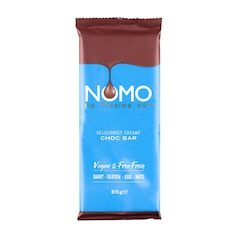
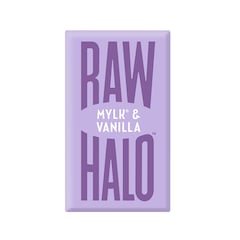
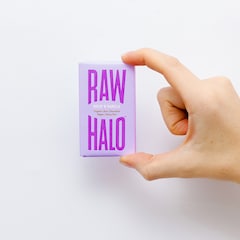
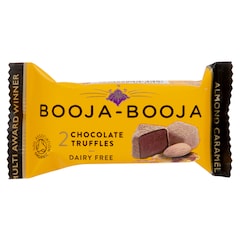
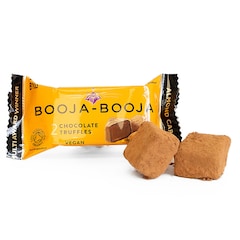
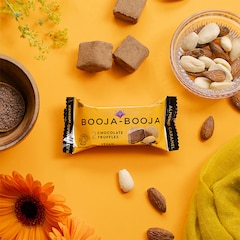
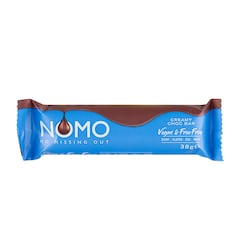
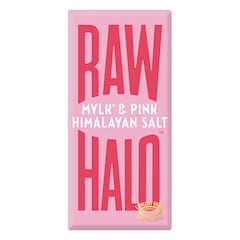
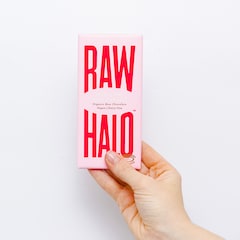
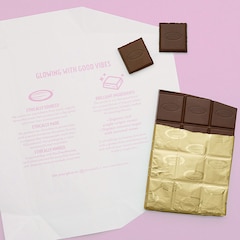

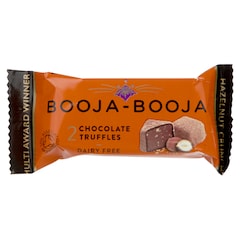
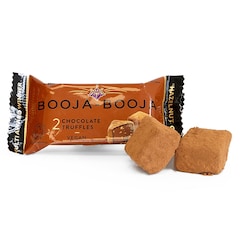
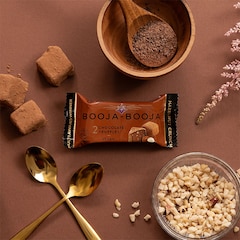
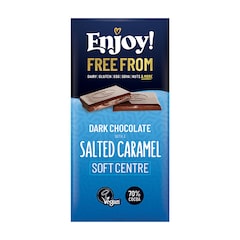
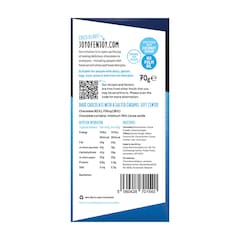
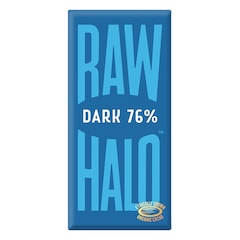
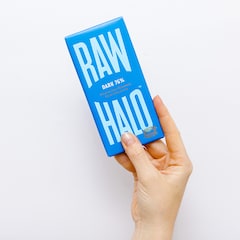
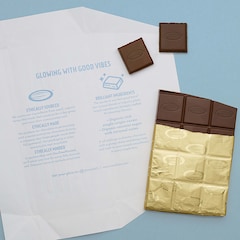
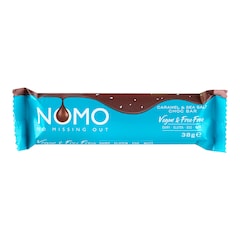
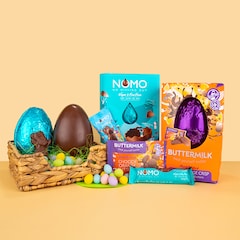
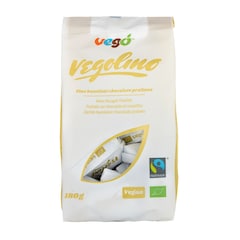

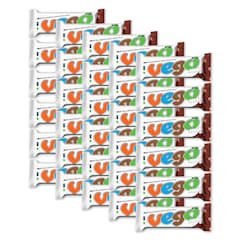
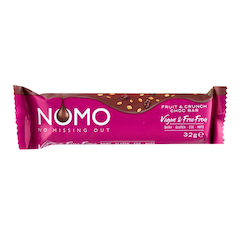

Treat your sweet tooth to dairy-free chocolate.
Chocolate is one of life’s many pleasures and a treat that you shouldn’t have to go without because of any dietary restrictions. If you’re vegan, lactose intolerant or simply cutting milk out of your diet, our range of delicious dairy-free chocolate bars and spreads is the perfect place to get your fix. So what else can you expect?
Whether you’re baking banana bread or tasty vegan cookies, our milk-free chocolate is the perfect accompaniment to your baking supplies as well as your treats stash – especially with dairy-free dark chocolate drops and buttons. Enjoy them as part of a balanced diet without the guilt. Likewise, if you’re new to dairy-free chocolate, allow us to explain how it’s made and what to look out for.
Treat your sweet tooth to dairy-free chocolate.
Chocolate is one of life’s many pleasures and a treat that you shouldn’t have to go without because of any dietary restrictions. If you’re vegan, lactose intolerant or simply cutting milk out of your diet, our range of delicious dairy-free chocolate bars and spreads is the perfect place to get your fix. So what else can you expect?
Whether you’re baking banana bread or tasty vegan cookies, our milk-free chocolate is the perfect accompaniment to your baking supplies as well as your treats stash – especially with dairy-free dark chocolate drops and buttons. Enjoy them as part of a balanced diet without the guilt. Likewise, if you’re new to dairy-free chocolate, allow us to explain how it’s made and what to look out for.


